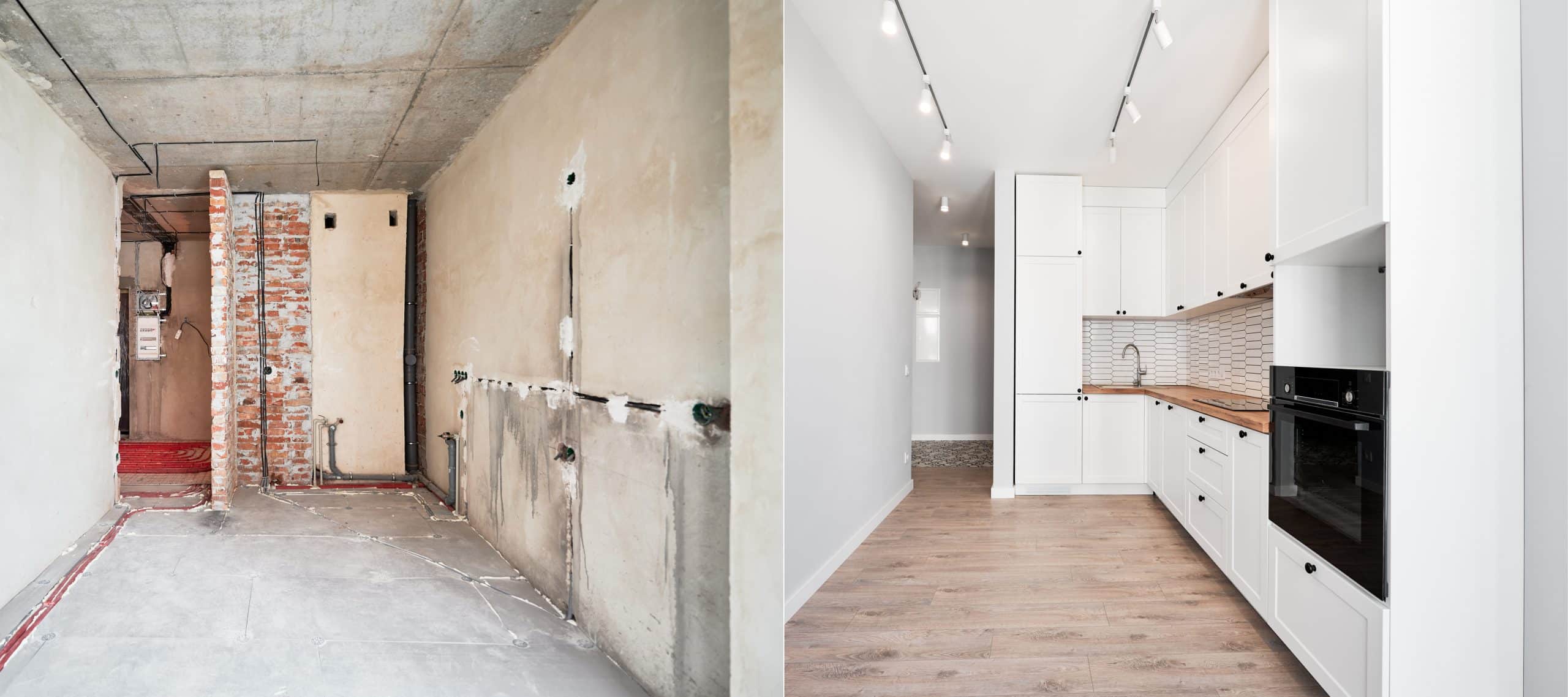What Are the Considerations for Retrofitting Industrial Spaces into Creative Lofts?

As cities evolve, industrial spaces often become underutilized or abandoned. These substantial buildings, however, hold immense potential. They are the perfect candidates for retrofitting – the process of modifying existing buildings to make them more energy efficient and sustainable. This modification can transform these large, open spaces into vibrant, green, and creative lofts. The result? A clever blend of historical charm and modern convenience that breathes new life into underused urban landscapes. This article will delve into the key points to consider for such transformative projects.
The Appeal of Adaptive Reuse
Adaptive reuse refers to the practice of repurposing buildings for uses other than those originally intended. It’s a growing trend in urban design, seeing old warehouses, factories, and other commercial spaces converted into residential, retail, or office venues. This strategy not only maximizes the use of existing buildings, but also has significant environmental benefits.
Dans le meme genre : How to Design Real Estate Developments with Integrated Smart Transportation Systems?
Adaptive reuse conserves energy and resources that would otherwise be consumed in the construction of new buildings. It helps to preserve architectural heritage, reduce urban sprawl, and promote sustainable development. When you retrofit an industrial building, you are not only creating a unique, welcoming space, but also contributing to a more sustainable future.
Retrofitting for Energy Efficiency
Industrial buildings offer vast open spaces, high ceilings, and large windows – features that can be harnessed for natural light and ventilation. But retrofitting these structures to be energy efficient involves more than just maximizing their inherent strengths. It also requires the integration of green systems, like solar panels, heat pumps, and energy-efficient lighting fixtures.
Dans le meme genre : How to Facilitate Community Engagement in Real Estate Development Through Social Media?
For example, the large, flat roofs of industrial buildings are perfect for the installation of solar panels. These can decrease reliance on the grid and significantly reduce energy costs. The high ceilings, on the other hand, are ideal for incorporating a heat pump system, which can provide both heating and cooling by exploiting the temperature differences between the interior and exterior environments, thereby reducing the building’s energy consumption.
Incorporating Sustainable Design Elements
The green movement has made its mark on the construction industry, promoting sustainable materials and eco-friendly practices. For an adaptive reuse project, sustainable design plays a crucial role. These designs may incorporate reused or recycled materials, apply natural lighting and ventilation techniques, and use plants to create a healthier and more appealing environment.
Natural lighting and ventilation can significantly reduce reliance on artificial lighting and air conditioning, minimizing energy consumption. Reusing or recycling building materials can lessen the demand for new resources, and using plants can improve indoor air quality and provide a sense of connection to the natural world. All these elements contribute to a more sustainable and green retrofit project.
Ensuring a Blend of Function and Aesthetic
Retrofitting an industrial space into a loft calls for a delicate balance. On one hand, the space needs to be functional and comfortable for its new use. On the other hand, it’s vital to retain the character and charm of the original building.
This balance can be achieved through careful planning and design. For instance, the open layout typical of industrial buildings can be maintained to create flexible and airy spaces. Exposed brick walls, beams, and ductwork can be preserved to highlight the building’s industrial past. Meanwhile, modern amenities and comforts can be cleverly integrated without disrupting the building’s character.
Adapting Existing Structures for Modern Use
Industrial buildings were originally designed for manufacturing or storage, not for living or office spaces. As such, they may lack essential residential or commercial features, such as plumbing, insulation, or usable outdoor spaces.
To adapt these structures for modern use, modifications may be necessary. Adding insulation can improve energy efficiency and comfort. Installing new plumbing systems can accommodate bathrooms, kitchens, or other amenities. Creating outdoor spaces, like roof decks or balconies, can add value and appeal. These modifications, while preserving the building’s industrial charm, ensure that the space is well equipped for its new purpose.
Retrofitting industrial spaces into creative lofts is an exciting, yet complex process. It involves understanding the unique characteristics of the building, incorporating energy-efficient and sustainable design elements, and making necessary adaptations. But the result – a vibrant, green, and modern space that respects its industrial past – can be truly rewarding.
The Commercial Appeal of Retrofit Adaptive Reuse Projects
The innovative approach of converting industrial spaces into creative lofts presents a unique opportunity for commercial property owners and real estate investors. Not only does it offer a chance to breathe fresh life into undervalued or overlooked properties, but it also promises long-term financial benefits. The unique, stylish appeal of these retrofitted lofts often attracts a premium, attracting higher rents or sale prices compared to traditional offices or residential spaces.
Adaptive reuse projects can also provide significant savings in construction costs. Instead of demolishing and constructing a new building from scratch, an existing building’s structure is utilized, reducing labor and material expenses. Additionally, many cities provide tax incentives or grants for retrofitting existing buildings, making these projects even more financially appealing.
Retrofitting for energy efficiency also results in long-term operational savings. Energy-efficient buildings typically have lower utility costs, which can be a crucial selling point for potential tenants or buyers. Furthermore, more and more consumers are seeking out environmentally friendly buildings, making these retrofitted lofts particularly appealing to a growing market segment.
However, it’s essential to note that retrofit adaptive reuse projects need to be carefully planned and executed. Each building has its own unique characteristics and challenges that need to be addressed. But with careful planning, clear vision, and an experienced project team, these challenges can be successfully overcome, resulting in a profitable and sustainable building that adds value to the urban landscape.
Conclusion: The Role of Retrofitting in Building a Sustainable Future
Retrofitting industrial spaces into creative lofts is not merely a trend – it’s a forward-thinking approach that addresses several significant challenges in today’s built environment. It offers a solution to the underutilization of former industrial sites, reduces environmental impact, and contributes to sustainable urban development.
The adaptive reuse of existing buildings into stylish, green, and functional spaces shows a commitment to preserving architectural heritage while meeting modern needs. It’s a testament to the creative potential inherent in our urban landscapes, an affirmation of the value of sustainability, and a demonstration of the viability of blending old and new elements for a productive outcome.
These projects are more than just revamping old industrial buildings; they’re about bridging the past and the future, creating spaces that respect history while embracing innovation. They’re about using what we already have and making it better, rather than contributing to unnecessary urban sprawl.
As we move towards a future where sustainability and energy efficiency are increasingly critical, retrofitting offers a promising path forward. It challenges us to see beyond the current state of our built environment and to envision what it could become. While the process is complex, the rewards – both financial and environmental – make it a worthy endeavor for building owners, real estate developers, and communities.
As we continue to strive for a more sustainable future, retrofit adaptive reuse projects will undoubtedly play a significant role. And with each successful project, we move one step closer to that future, demonstrating the profound impact of thoughtful urban design and sustainable building practices on our world.
